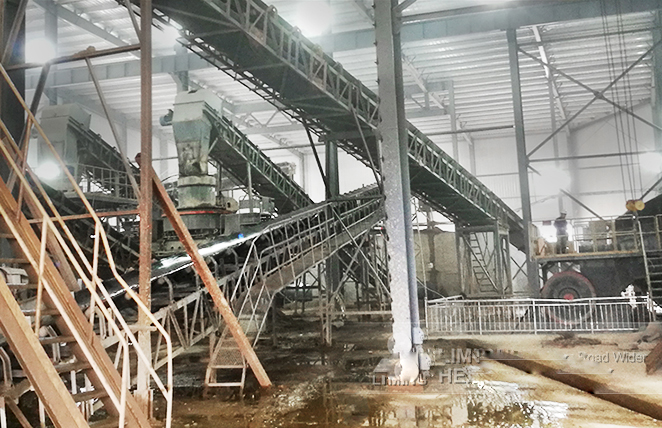Crushers are machines designed to reduce large rocks, stones, or ores into smaller pieces, gravel, or dust. They are widely used in mining, construction, recycling, and other industries. Here are the main types of crushers:
1. Jaw Crusher
– Working Principle: Uses compressive force to break materials between a fixed and movable jaw plate.
– Applications: Primary crushing of hard and abrasive materials (granite, basalt).
– Advantages: Simple structure, reliable operation.
– Disadvantages: Lower reduction ratio compared to other crushers.
2. Gyratory Crusher
– Working Principle: Similar to jaw crushers but with a conical head gyrating inside a concave bowl.
– Applications: Primary crushing in large-scale mining/quarrying operations.
– Advantages: Higher capacity than jaw crushers.
– Disadvantages: More complex and expensive.
 3. Cone Crusher
3. Cone Crusher
– Working Principle: Material is crushed between a rotating mantle and stationary concave bowl.
– Applications: Secondary/tertiary crushing (softer to medium-hard rocks).
– Advantages: High efficiency, finer output than jaw crushers.
– Disadvantages: Sensitive to moisture/clay content.
4. Impact Crusher (Horizontal Shaft Impactor – HSI / Vertical Shaft Impactor – VSI)
– Working Principle: Uses high-speed impact forces (hammers/blow bars) to shatter material.
– *HSI*: Best for softer materials (limestone, recycled concrete).
– *VSI*: Produces cubical-shaped sand/aggregates for construction.
– Applications: Recycling, aggregate shaping, soft rock crushing.
– Advantages: Good cubical product shape.
– Disadvantages ear-prone parts require frequent replacement.
ear-prone parts require frequent replacement.
5. Hammer Crusher
– Working Principle: Rotating hammers strike material against breaker plates.
– Applications: Crushing brittle materials (coal, limestone).
– Advantages: High reduction ratio in one pass.
– Disadvantages: Not suitable for hard/abrasive rocks.
6. Roll Crusher
– Working Principle: Material is crushed between two counter-rotating rollers.
-*Single Roll*: One moving roller against a fixed plate.





Leave a Reply